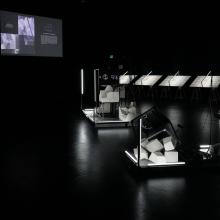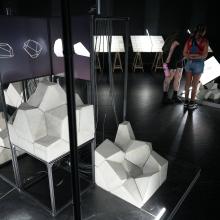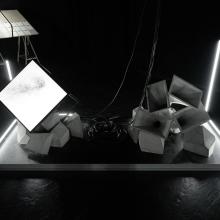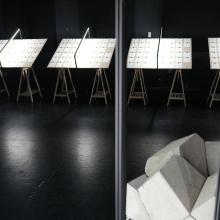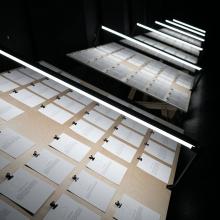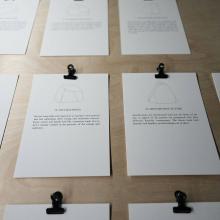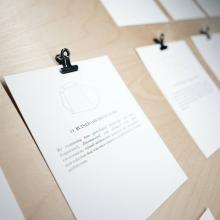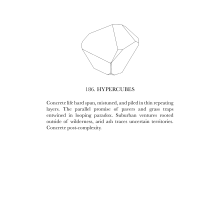Point clouds, wireframes, simulations, procedurally rendered forms.
How do screen-based and algorithmic design technologies affect our experiences and engagement with physical spaces, often in unseen ways?
How have our psychological and somatic encounters with real-world environments and architectures shifted – subtly or overtly – now that these spaces are so thoroughly surveyed, surveilled, designed, and devised in virtual domains?
How has the onset of artificial intelligence accelerated these affects, as generative and parametric design straddle the line between a dream of enhanced creativity and a nightmare of monotonous uniformity. A nightmare of generative reality. Endless banal sameness.
Pattern Language 2-253 critically examines these questions and evolving relationships, probing the potentials and limitations of language in describing the intersections of physical and virtual spaces.
The project’s micronarratives draw inspiration from the 253 chapters of Christopher Alexander’s 1977 text, A Pattern Language. Starting with investigations of large rural landscapes and progressively zooming into cities, neighborhoods, streets, and individual architectures, these patterns create a kind of prototypical hypertext, suggesting combinations of multiple socio-spatial forms and relationships.
Rather than updating Alexander’s original text, this project imagines 253 new, near-future patterns by creating a matrix of relationships between increasingly specific spaces and various descriptive voices – paranoid, surreal, speculative, and science fictional, among others. These textual provocations are generated by a natural language processing system trained on massive amounts of available internet data, combined with content from A Pattern Language itself. Thus, the project further explores contemporary post-digital paradigms in which not only spatial design, but indeed language, memory, imagination, and creativity are bound up in a complex of human and machine co-production.
